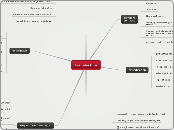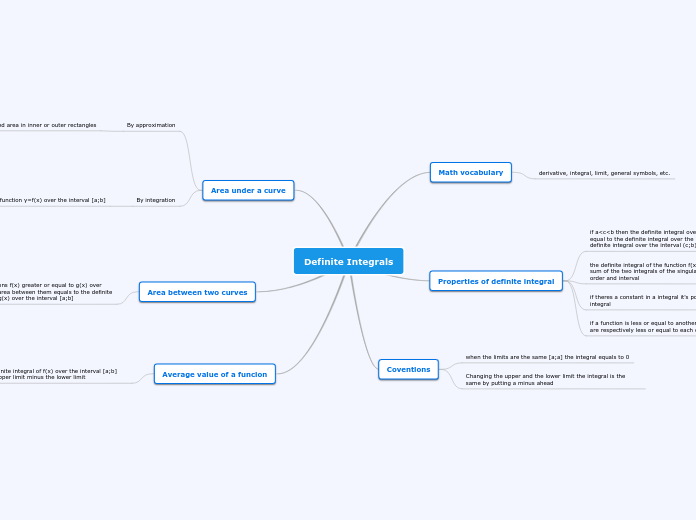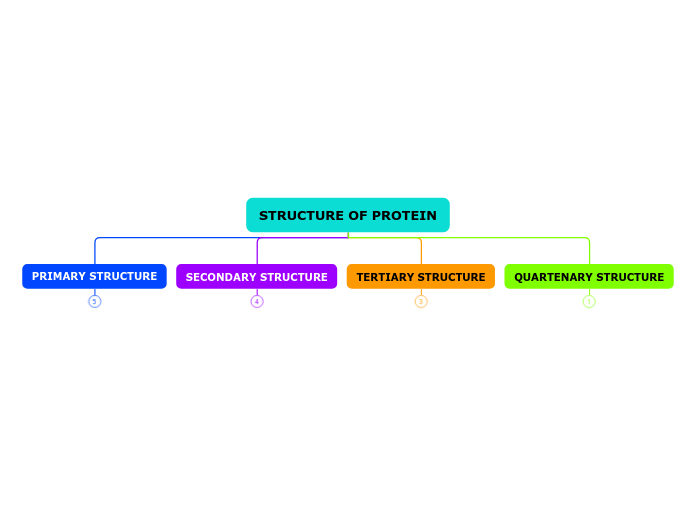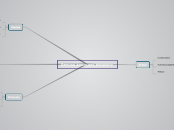по Alexandrea Dunn 7 лет назад
223
chapter 11
Understanding the behavior of sequences and functions as variables approach infinity or specific values is crucial in mathematical analysis. A sequence converges to a limit if its terms get progressively closer to a specific value as the sequence progresses.









